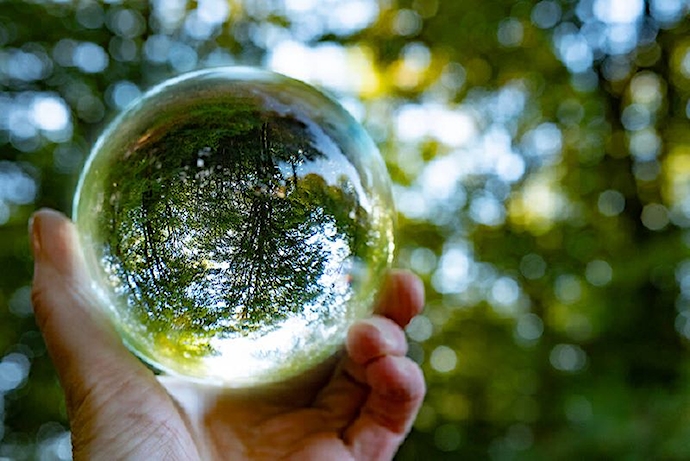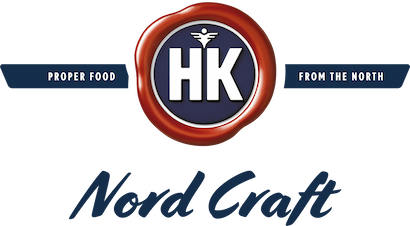Aiming net zero for all greenhouse gas emissions by 2050
In order to contribute to climate targets, GHG emissions reduction and climate change adaptation measures will play an important role in the coming years.

Emission inventory of the products
Emission factors
Emission factors
- Calculate the climate change impact of activities over 100 years (GWP100).
Included emissions
Included emissions
- Raw materials: Tailored emissions factors of pork and poultry meat are calculated based on primary data collected from our contract farmers in year 2023. In other raw materials than meat emission factor has an information on how the emission factor is formed (in our partners platform).
- Sourcing: Transportation to production facilities
- Production: Energy consumption for product
- Packaging: Production and transportation of the packaging materials
Excluded emissions
Excluded emissions
- Freight from Finland (transportation: frozen)
- Emissions of the trader and store (transportation, scope 1& 2 emissions of the trader and store)
- Consumers emissions to prepare and heat the products
- Emissions of waste management of product and package
Overview on the carbon footprint
Overview on the carbon footprint
- Calculation scope is from farm (including farming of feed) to packed end product in our logistic ready for transportation.
- Results presented in kg CO2e/kg product
Calculations based on
Calculations based on
ISO-standards:
- ISO 14040:2006: Environmental management — LCA — Principles and framework
- ISO 14044:2006: Environmental management — LCA — Requirements and guidelines
- ISO 14067:2018: Carbon footprint of products
Product Environmental Footprint (PEF):
- PEF Category rules (PEFCR)
- Impact category: Climate
Intergovernmental Panel on Climate Change (IPCC):
- 2019 Refinement to the 2006 IPCC Guidelines for National Greenhouse Gas Inventories
- 2006 IPCC Guidelines for National Greenhouse Gas Inventories
The Greenhouse Gas Protocol (GHG Protocol):
- Product Life Cycle Accounting and Reporting Standard
- Corporate Accounting and Reporting Standard
- Corporate Value Chain (Scope 3) Accounting and Reporting Standard
- Scope 2 Guidance
Aiming for significant cuts in greenhouse gas emissions
Primary way to reach net zero by 2050 is to significantly reduce overall greenhouse gas emissions. To achieve this goal, greenhouse gas cuts must be complemented by durable carbon removals, either through nature or technological solutions. The aim is to eliminate the remaining emissions and thus achieve a zero level of emissions impacts.
100% carbon-neutral electricity
In our production units, we only use carbon-neutral electricity, for which we have acquired guarantees of origin. In our production units, we systematically improve energy use and carry out energy audits to find ways to improve energy efficiency.
Climate efficient investments
We take climate impacts into account in all our investment decisions. We continuously invest in production equipment, which also reduces emissions from production. For example, we have invested in energy efficiency through a number of heat recovery projects.
All materials for utilisation
By efficiently utilising materials, we can significantly reduce our environmental impact. We reduce systematically production losses and food waste, as well as utilise by-product material flows. Our production by-products are used as efficiently as possible by many other industries, such as the leather, feed and pet food industries. Unused materials of animal origin are used for biogas production. In Finland, we are committed to the material efficiency commitment of the food industry sector.
